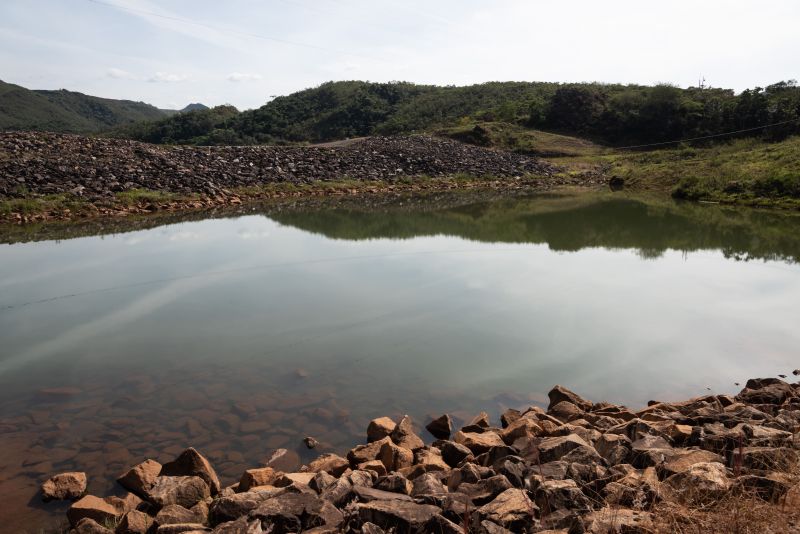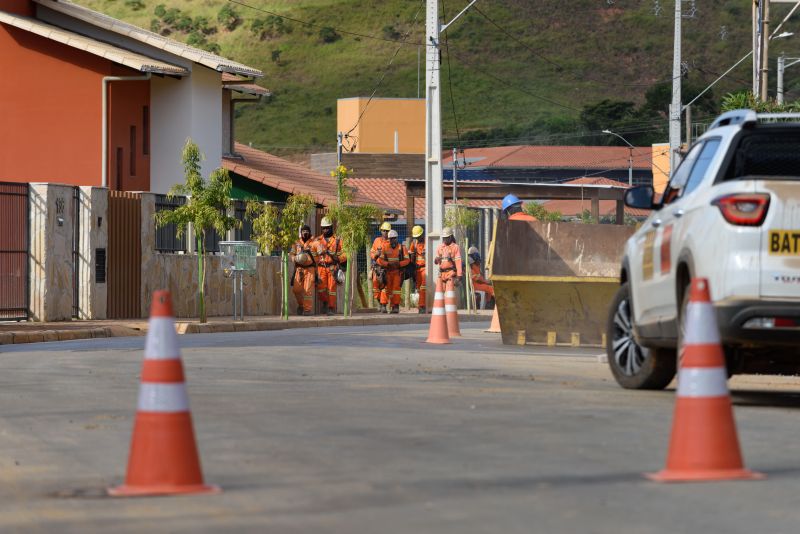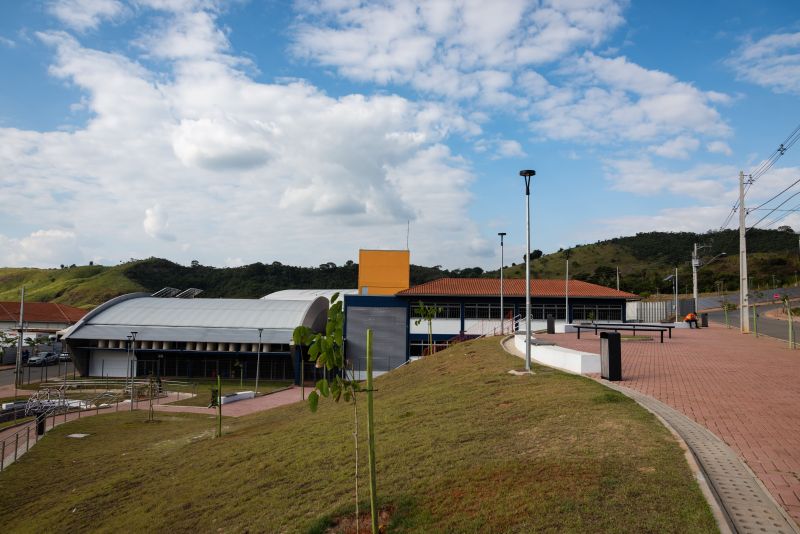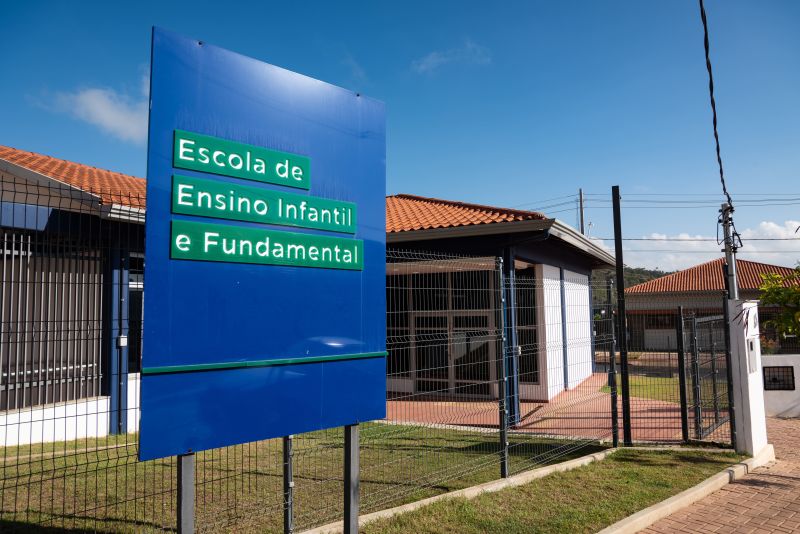On November 5, 2015, a catastrophic dam failure in Mariana, Brazil, unleashed a torrent of toxic sludge that devastated entire communities and altered lives irreparably. The disaster, often referred to as the worst environmental catastrophe in Brazil’s history, transformed a scenic valley into a graveyard of drowned hopes and lost dreams.
For the survivors, the immediate physical destruction was only the beginning; the psychological scars left in the aftermath are profound and enduring. Many grapple with a cacophony of emotions: grief, anger, confusion, and a haunting sense of betrayal by the very entities that were meant to safeguard their lives and environment.
As they navigate the treacherous waters of trauma, the impact of this disaster will ripple through their lives, affecting relationships, mental health, and even their sense of identity. Understanding the psychological toll on these survivors is crucial—not only to acknowledge their suffering but to pave the way for meaningful healing and resilience in the face of unprecedented loss.
Overview of the Mariana Dam Disaster

The Mariana Dam disaster, which occurred in November 2015, stands as one of Brazil’s most catastrophic environmental tragedies, reverberating far beyond its immediate geographical confines. This dam, operated by Samarco, a joint venture between Vale S.
A. and BHP Billiton, suffered a catastrophic failure that unleashed a torrent of toxic tailings into the Doce River, obliterating entire villages and forever altering the landscape.
The sheer magnitude of the disaster was staggering; not only did it claim the lives of 19 individuals, but it also displaced thousands, sending shockwaves of fear and uncertainty rippling through communities that depended on the river for their livelihoods and sustenance. The cascading effects on the environment were devastating, leading to long-term ecological damages and contributing to a sense of loss and despair among the survivors.
As they grapple with their new reality, the psychological scars left by the disaster linger, revealing a complex interplay of trauma, grief, and resilience that merits careful examination.
Long-Term Psychological Effects

The long-term psychological effects on survivors of the Mariana Dam disaster are profound and multifaceted, casting a shadow over their daily existence. Many individuals grappling with the aftermath face a relentless cycle of anxiety and depression, triggered by the memories of that fateful day.
Nightmares, flashbacks, and an ever-present sense of dread become unwelcome companions, distorting their ability to find solace even in familiar surroundings. In the wake of such trauma, social interactions often deteriorate; once vibrant relationships can crumble under the weight of unshared pain and isolation.
Yet, amidst this struggle, some survivors embark on transformative journeys of healing, seeking therapy or engaging in community support groups. These paths, though challenging, offer rays of hope, illuminating the resilience of the human spirit amidst the lingering shadows of despair.
As they confront their fears and seek connection, survivors not only work towards personal recovery but also lay the groundwork for a collective healing that can redefine their future.
Cultural and Societal Influences

Cultural and societal influences profoundly shape the psychological landscape of survivors following the Mariana Dam disaster. Within this tightly-knit community, shared values and collective experiences often dictate the healing process.
Traditional beliefs may intertwine with modern psychological practices, leading to unique coping mechanisms that reflect cultural heritage. For some, the act of storytelling within diaspora gatherings becomes a means to process trauma, while others may find solace in communal rituals that emphasize resilience and hope.
Yet, the societal aftermath of such a disaster can simultaneously breed stigmas; survivors might grapple with feelings of shame or guilt for having survived amidst loss. The interplay of these cultural narratives and societal pressures creates a complex web of emotional responses, compelling survivors to navigate their identities anew in a landscape marred by sorrow and recovery.
As they confront both personal grief and broader cultural expectations, the journey toward psychological healing emerges as both a deeply individual and culturally resonant experience.
Conclusion
In conclusion, the Mariana Barragem disaster stands as a stark reminder of the profound psychological impacts that such catastrophic events can unleash on individuals and communities. Survivors grapple with a multitude of emotional challenges, including anxiety, depression, and post-traumatic stress disorder, which can linger for years after the immediate crises have passed.
The disruption of lives, loss of loved ones, and the erasure of familiar environments contribute to a complex web of trauma that requires ongoing support and intervention. Addressing the psychological ramifications is crucial not only for individual recovery but also for the healing of entire communities.
As we reflect on the lessons learned from the Mariana Dam disaster, it becomes imperative to prioritize mental health resources in disaster response strategies, ensuring that those affected are provided with the empathetic care and assistance they need to rebuild their lives.



